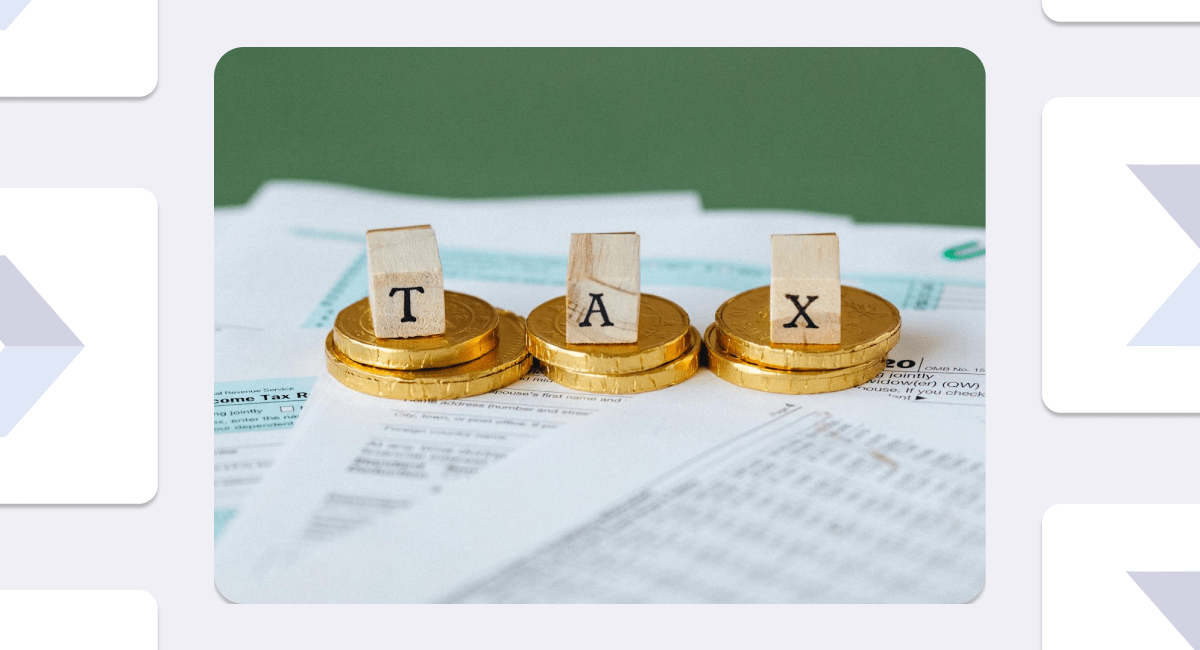In the words of Ralph Waldo Emerson, “Money often costs too much.” Cash flow is the best indicator of your business’s financial health, and if you don’t watch it carefully, the price can be steep. Having as many insights as possible about how cash is going into and out of your business is crucial to understanding both the short- and long-term odds of survival. Putting together a cash flow budget is part of that.
A cash flow budget — or cash budget, for short — is different from a cash flow statement. It’s luckily simpler to put together, but just as necessary to understand your runway.
What is the cash flow budget?
At its simplest, a cash budget lets a business understand whether or not it has enough net working capital to operate during a fixed window of time. Because you’re assessing liquidity for operational solvency, businesses generally perform cash flow budgeting every month.
To calculate your cash flow budget, you’ll look at your estimated cash inflows and outflows throughout your choosing. That’ll include what you forecast you’ll spend on products or services and operating expenses, plus what you expect to make (and get paid out).
If your sources of cash exceed your uses, you’ll have a positive cash position. And vice versa, you’ll be in a negative cash position. You’ll also be able to see your estimated cash position at the beginning of your next cash flow budget period (depending on how often you keep them).
Easy ways to reach financial freedom
Learn how to improve your cash flow and reduce stress with practical advice.- Create a winning team
- Handle debt smartly
- Be ready for anything
- Plan for the future
A cash flow budget ≠ cash flow statement
A cash flow budget might sound similar to a cash flow statement, but it’s definitely not. That’s an entirely separate document. Your cash flow statement is an essential accounting document that you’ll need to keep alongside your cash budget. Part of the trifecta of most important financial statements, your cash flow statement — or statement of cash flows — is a more complex, formal document. It also pulls from your other financial statements, so if there’s a substantial change to your income statement, it’ll affect your cash flow statement as well.
As cash flow is the lifeblood of your business, you need to keep your cash flow statement as current as possible. A best practice is to update it each month before running your cash flow forecasts. This way you can ensure that the data in your forecast is up to date.
Where your cash flow budget fits into the big picture
Your cash budget gives you a sense of your short-term operations. Your cash flow statement, on the other hand, is taking a look at your cash solvency over a longer duration. You can think of it as a management tool where you’re watching your costs, supplementing the overarching formal statement of cash flows.
Only together will your company have the insights it needs to make the right decisions about your cash flow and the future of your business.
Practical ways to use a cash flow budget
Let’s say you run a company that manufactures and sells contemporary rugs. You’d use your cash flow documents — statement, budget, and forecast — to keep track of your operations.
Your cash flow statement will serve as your foundation to show how many synthetic rugs you’ve sold, how much it costs you to make them, and during which period this cash came in or went out.
Your cash flow forecast will be your resource to evaluate and determine your cash trends, like when your margins for synthetic rugs are the highest.
Your cash flow budget will help you manage short-term costs, especially within operations.
These documents will all inform each other. For instance, if you understand your margins from your cash flow forecast, you’ll get insight into the things that affect your cost of goods within your cash budget. Using them together, you’ll be able to optimize your cash flow.
How to create a cash budget
In order to put together a thorough cash flow budget, you’ll need to gather information on your projected inflows and outflows. Most simply, you’ll need a topline on your receivables and expenditures to calculate your net cash flow. Here’s a basic cash flow budget template example to get you started:
Part I: Cash outflows
Operational
- Supplies
- Marketing and sales
- Taxes
- Payroll
- Rent or property payments
- Misc fixed expenses
- Accounts payable
Investment
- Asset purchases
Financing
- Loan payments
- Other short-term or instalment payments
Misc expenditures
Part II: Cash Inflows
Beginning cash balance
- Accounts receivable
Business revenues
- Asset sales
Misc income
- Claims
- Rebates
- Shareholder equity (FYI: this only applies if you’re incorporated with shareholders)
Part I-Part II = Net Cash Flow
Due to the nature of your business, you might be adding many more — or fewer — line items. But the point here is to show the kind of elements that comprise your cash inflows and outflows. This number will also give you a starting point for your next month.
What’s also important to note is how net terms can have a significant impact on your cash flow budgeting. Since your cash budget is measuring the short-term, and you might be either extending or paying on net terms of 30, 60, 90, or even 120 days, your cash flow can be significantly affected when these invoices are either paid or due, respectively. Especially if they’re broken up into deposits and collection on delivery (COD). That’s one of the reasons keeping a monthly cash flow forecast, along with a longer-view cash flow statement, is necessary.
How your business can use a cash flow budget
A cash flow budget is yet another financial document. So, if you have your stuff together, you don’t need to do it, right? Well, if you 100% want to stay in business, we’d really, really strongly advise that you do.
More seriously, though, without detailed insights about your cash flow management, you won’t be able to know what changes to make to your cost centers to keep the doors open. The more data you have about your financial position, the better. And that’s what a cash flow budget provides you.
Short-term cash projections help with a long-term strategy
Smart entrepreneurs can create cash flow budgets for several months in advance using projections for future cash flow. This will let you be prepared for any future issues — and spot cash flow gaps. The sooner you can see where your business might come up short, the faster you can act to mitigate issues so they never arise.
To have the most detailed data you can create highly detailed cash budgets, you’ll need cash flow forecasting tools available. Forwardly provides a free cash flow forecasting tool to entrepreneurs who need to prepare themselves for every cash flow scenario and take out the guesswork involved in making ends meet. Not just this, Forwardly streamlines business payments by automating accounts receivable and accounts payable. You can choose to pay by bills by credit card, instant payments or same-day ACH transfers. This reduces administrative burdens and helps you manage finances more efficiently. Take the next step towards financial empowerment by exploring Forwardly’s capabilities through our product tour available here.
The information in this article is not financial advice and does not replace the expertise that comes from working with an accountant, bookkeeper or financial professional.
 Back to Blog
Back to Blog


